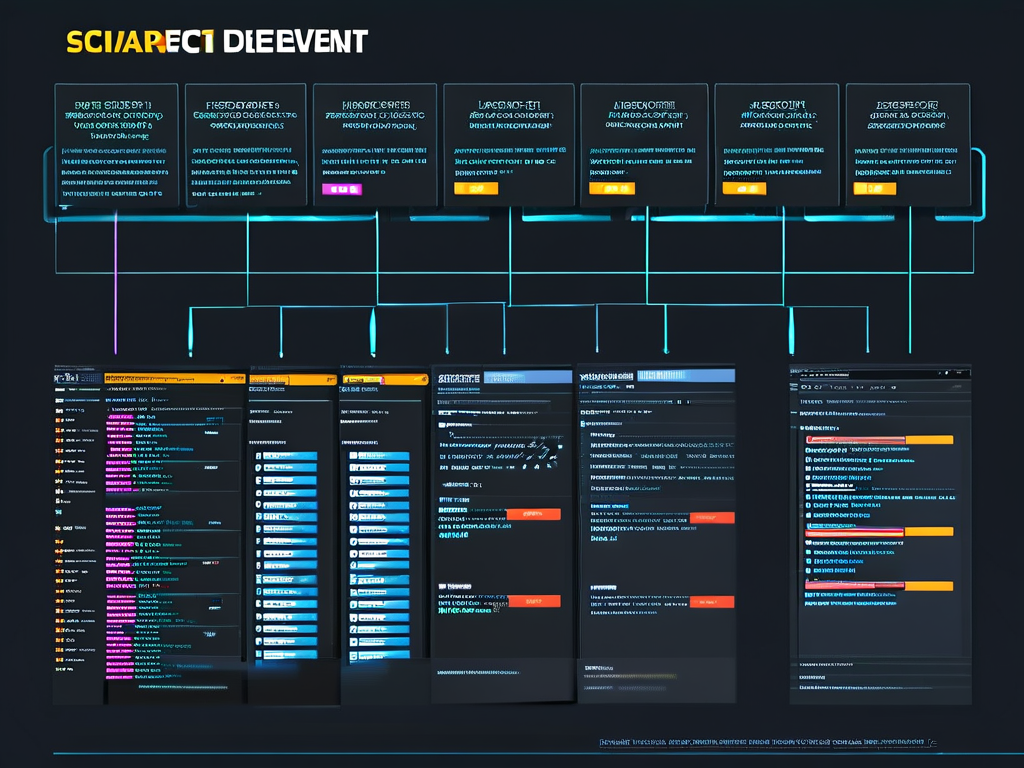In the dynamic landscape of web development, choosing the right database is crucial for building scalable and efficient applications. This article explores seven widely-used databases in modern web projects, their unique features, and practical implementation scenarios.

Relational Databases: The Classic Workhorses
MySQL remains a top choice for relational data management due to its maturity and ACID compliance. Developers frequently use it with PHP-based CMS platforms like WordPress:
CREATE TABLE users (
id INT AUTO_INCREMENT PRIMARY KEY,
username VARCHAR(50) NOT NULL,
email VARCHAR(100) UNIQUE
);
PostgreSQL has gained traction for advanced features like JSONB support and spatial data handling. Its strict SQL compliance makes it ideal for complex financial systems or geographic applications.
NoSQL Solutions: Flexibility First
MongoDB dominates document-oriented use cases, particularly in Node.js ecosystems. Its schema-less design simplifies iterative development:
db.products.insertOne({
name: "Smartwatch",
price: 299,
tags: ["wearables", "tech"]
});
Redis excels in real-time scenarios requiring lightning-fast data access. Common implementations include session caching and leaderboard systems, with operations often completing in sub-millisecond times.
NewSQL and Cloud-Native Options
Google's Cloud Firestore provides serverless document storage with automatic scaling, popular among mobile app developers. Its real-time synchronization feature powers collaborative tools and live dashboards effectively.
Amazon Aurora combines relational structure with cloud optimization, delivering MySQL/PostgreSQL compatibility while achieving five times better performance than standard RDS deployments.
Specialized Databases
Graph databases like Neo4j solve relationship-intensive challenges in social networks or fraud detection systems. Their Cypher query language efficiently navigates interconnected data nodes.
Time-series databases such as InfluxDB specialize in metrics collection for IoT devices or application monitoring, optimizing storage and retrieval of timestamped data points.
Choosing Your Database
Consider these factors when selecting a database:
- Data structure complexity (tabular vs. hierarchical)
- Scalability requirements (vertical vs. horizontal)
- Consistency needs (strong vs. eventual)
- Team expertise and ecosystem support
Hybrid architectures are becoming common – using PostgreSQL for transactional data alongside Redis for caching demonstrates how multiple databases can complement each other in a single application.
Future Trends
Serverless databases like FaunaDB are reducing infrastructure management overhead, while edge databases like CockroachDB enable global data distribution. Machine learning integration, seen in Azure Cosmos DB's analytical insights, represents another growing frontier.
Developers should regularly reassess their database choices as project requirements evolve. Performance benchmarking and cost analysis tools provided by cloud platforms can inform these critical decisions.
By understanding these database options and their ideal use cases, web developers can architect systems that balance performance, scalability, and maintainability – ultimately delivering better digital experiences.






